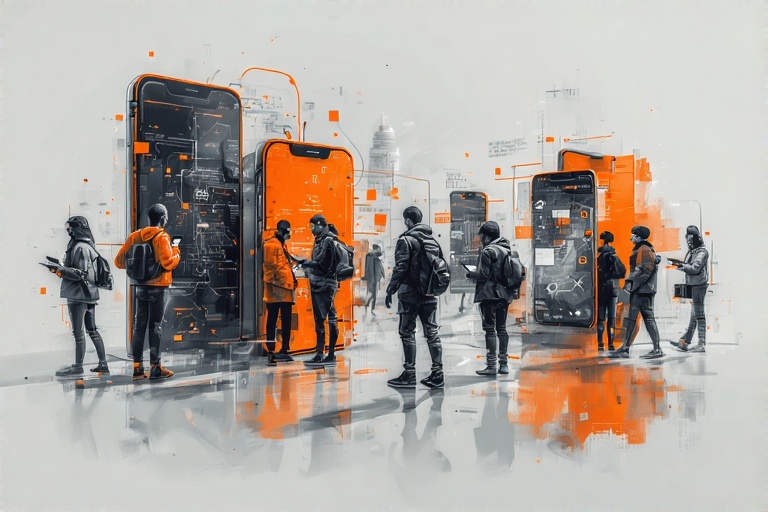When digital content steps off the flat screen and materializes around us, we enter the realm of spatial computing. By merging real-world geometry with virtual overlays, headsets like Apple Vision Pro and rival systems deliver experiences that feel anchored to our environment. In 2025, these platforms no longer live on the horizon—they’re in design studios, operating rooms and living rooms, responding to gestures, gaze and voice to blend bits with atoms.
What Makes an Experience Spatially Aware?
At the core of spatial computing is three-dimensional sensing and dynamic rendering. Key capabilities include:
- Scene Reconstruction: Depth sensors or LiDAR build live 3D meshes of floors, walls and furniture.
- Pose Tracking: Head and hand positions update at high frame rates so virtual content stays firmly “glued” in place.
- Natural Inputs: Eye movement, finger pinches and spoken commands replace menus and controllers.
- Occlusion & Lighting: Virtual objects cast shadows and hide behind real obstacles, bolstering immersion.
Apple Vision Pro: The Spatial Pioneer
Apple’s Vision Pro headset runs on visionOS, optimized for mixed-reality worlds. Its standout features include:
- High-Fidelity Passthrough: Dual 4K cameras stream crystal-clear imagery, letting you blend real and virtual with minimal distortion.
- Advanced Eye Tracking: Infrared arrays detect gaze so UI elements respond where you look, not just where you point.
- Modular Display Zones: Apps can appear as floating windows, full-room projections or picture-in-picture widgets.
- Collaborative Sessions: Multiple headsets share a common spatial map, enabling remote colleagues to interact as if side by side.
Competing Platforms and Their Strengths
- Meta Quest 3: Affordable and standalone, Quest 3 mixes VR gaming with AR overlays—ideal for fitness, social apps and creative play.
- Microsoft HoloLens 2: Ruggedized for industry, HoloLens 2 streams holographic instructions over workbenches and integrates with Azure Digital Twins.
- Nreal Air: Ultra-light AR glasses that tether to a phone, projecting notifications and simple graphics along the edges of your vision.
- Pico 4 Enterprise: Focused on training simulations and virtual collaboration rooms, with built-in hand tracking and 4K displays.
Applications in the Wild
Spatial computing is making strides in sectors where context matters. Let me show you some examples:
- Medical Planning: Surgeons rehearse procedures on 3D scans of patient anatomy, manipulating organs at scale and angle without touching a cadaver.
- Architecture Reviews: Clients walk through life-size digital blueprints overlaid on empty plots, suggesting wall placements with a simple wave.
- Maintenance & Repair: Field engineers see step-by-step holographic guides on complex machinery—no printed manuals or guesswork required.
- Interactive Retail: Shoppers preview sneakers on a virtual foot, spin products around with a gesture and share a holographic view with friends online.
A Simple Spatial App Prototype
- Scan Your Room: Use the headset’s depth API to capture a mesh and identify horizontal and vertical planes.
- Define Anchors: Choose points in space—tables, walls or air-gaps—where you’ll pin your virtual content.
- Create Assets: Import 3D models or video panels, optimize textures for real-time rendering and test scale against the mesh.
- Implement Interaction: Map eye gaze to UI focus, hand gestures to object grabs, and voice cues to menu commands.
- Optimize Performance: Limit draw calls, bake lighting when possible and employ occlusion culling to maintain high frame rates.
Design and Ethical Considerations
- User Comfort: Headset weight, heat and field-of-view affect wear time—balance features with ergonomics.
- Privacy Zones: Spatial apps capture room layouts—provide clear consent dialogs and local processing options.
- Visual Clarity: Ensure virtual overlays don’t obscure safety-critical real-world elements like doorways or machinery controls.
- Interoperability: Favor open standards like OpenXR to make experiences portable across headsets.
The Road Ahead
- Next-gen waveguide optics promise thinner glasses with Vision Pro–class image quality.
- Advances in on-device AI will let headsets build semantic maps—recognizing objects, people and intent without cloud dependence.
- No-code spatial design suites will empower artists and educators to build mixed-reality scenes via drag-and-drop.
- 5G and Wi-Fi 7 will reduce latency between headsets and edge servers, enabling seamless hand-offs for heavy workloads.
- Federated learning across devices will refine gesture and environment models without exposing private room data.
By embedding digital elements into our physical world, Vision Pro and its peers are forging a new computing frontier—one where environments become interfaces and experiences adapt to our presence. As hardware, software and standards evolve, spatial computing will seep into every corner of life, making the boundary between real and virtual increasingly porous.







Add a Comment